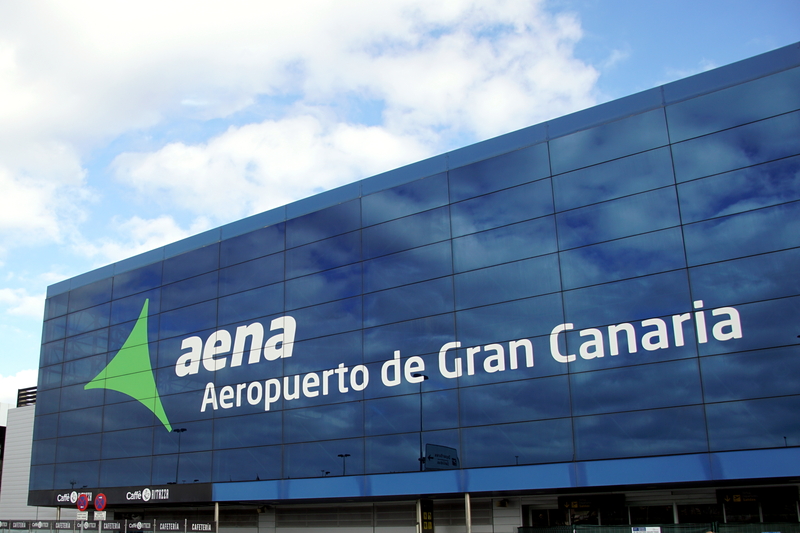
Aena, the Spanish airport operator, is about to finalize a significant tariff revision for 2026, proposing an increase in airport fees by 6.5%. This would be the largest increase since the introduction of Law 18/2014 in 2015, which capped prices. The planned adjustment would mean an increase of 68 cents per passenger, raising the maximum adjusted passenger revenue (IMAAJ) to 11.03 Euros, compared to the current 10.35 Euros.
The path to approval: CNMC and Aena’s Board of Directors are next
Aena’s detailed proposal now needs to pass the hurdle of the National Commission for Markets and Competition (CNMC) and is expected to be officially approved by Aena’s Board of Directors at the end of July. If approved, the fee increase would come into effect on March 1, 2026.
Financial sustainability as the core argument: Why Aena needs to raise fees
As an autonomous airport operator that receives no government subsidies, Aena justifies the planned increase by the necessity to secure financial sustainability. This is considered essential to finance the ambitious investment plan for the coming years and to maintain the quality of the Spanish airport network.
Of the announced 68 cents per passenger, 45 cents are attributable to revenues not received in 2024. The remaining 23 cents are due to the regular adjustment to the P-Index, a benchmark for operating costs that Aena cannot control, such as personnel, cleaning, security, air navigation, taxes, and electricity. The service quality factor, which evaluates compliance with standards, has also been included in the increase.
It should be noted that Aena already implemented a 4.09% increase in 2024 to offset increased energy costs due to the war in Ukraine. However, for 2025, a 0.54% increase proposed by Aena was not approved by the CNMC, leading to a freeze in rates.
Potential impact: Millions in revenue and strained relations with airlines
With a forecast of 320 million passengers in 2025 and a continuing positive trend for 2026, the fee increase could lead to an additional 218 million Euros for Aena’s regulated activities. In 2024, this segment already recorded revenues of 3,190 million Euros, out of a total turnover of 5,827 million Euros.
Relations with airlines remain tense, however. Ryanair, a vehement opponent of the fee increase, has already responded by cutting 800,000 seats in Spain and closing routes from Jerez and Valladolid for the summer. The Irish low-cost carrier criticizes the increase as unjustified.
Aena counters this criticism by pointing out that even with the recent adjustments, airlines are still paying lower fares than in 2015. Furthermore, Spanish airport fees are up to 60% lower than those of major European hubs such as Heathrow, Charles de Gaulle, Schiphol, or Frankfurt.
DORA III: Harbinger of a new investment cycle for Spain’s airports
The current tariff revision is a precursor to the next Airport Regulation Document (DORA III), which will usher in the new investment cycle between 2027 and 2031. Negotiations for this are set to begin after the summer and include strategic projects at several key airports across the Aena network.
Ambitious plans include the expansion of Madrid-Barajas Airport with a projected investment of 2,400 million Euros, and the redevelopment of El Prat in Barcelona, the first phase of which involves an investment of 3,200 million Euros.
Furthermore, comprehensive improvements are planned for Tenerife, Alicante, Valencia, Palma, Málaga, Menorca, Ibiza, Lanzarote, and Bilbao. The goal is to create a more modern and efficient airport network that is optimally prepared for the expected growth in air traffic over the next decade.



